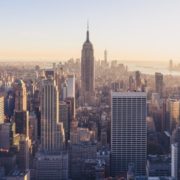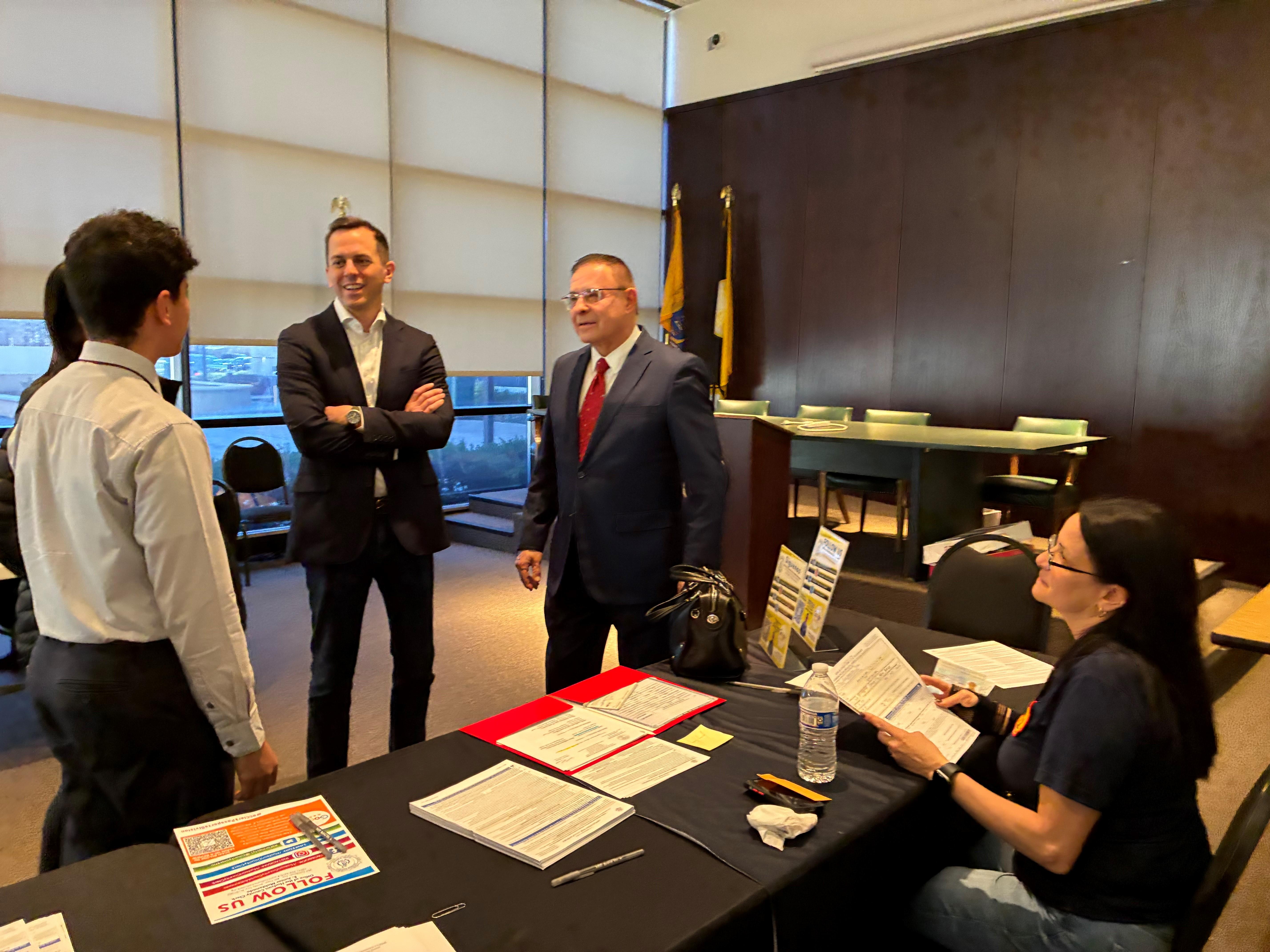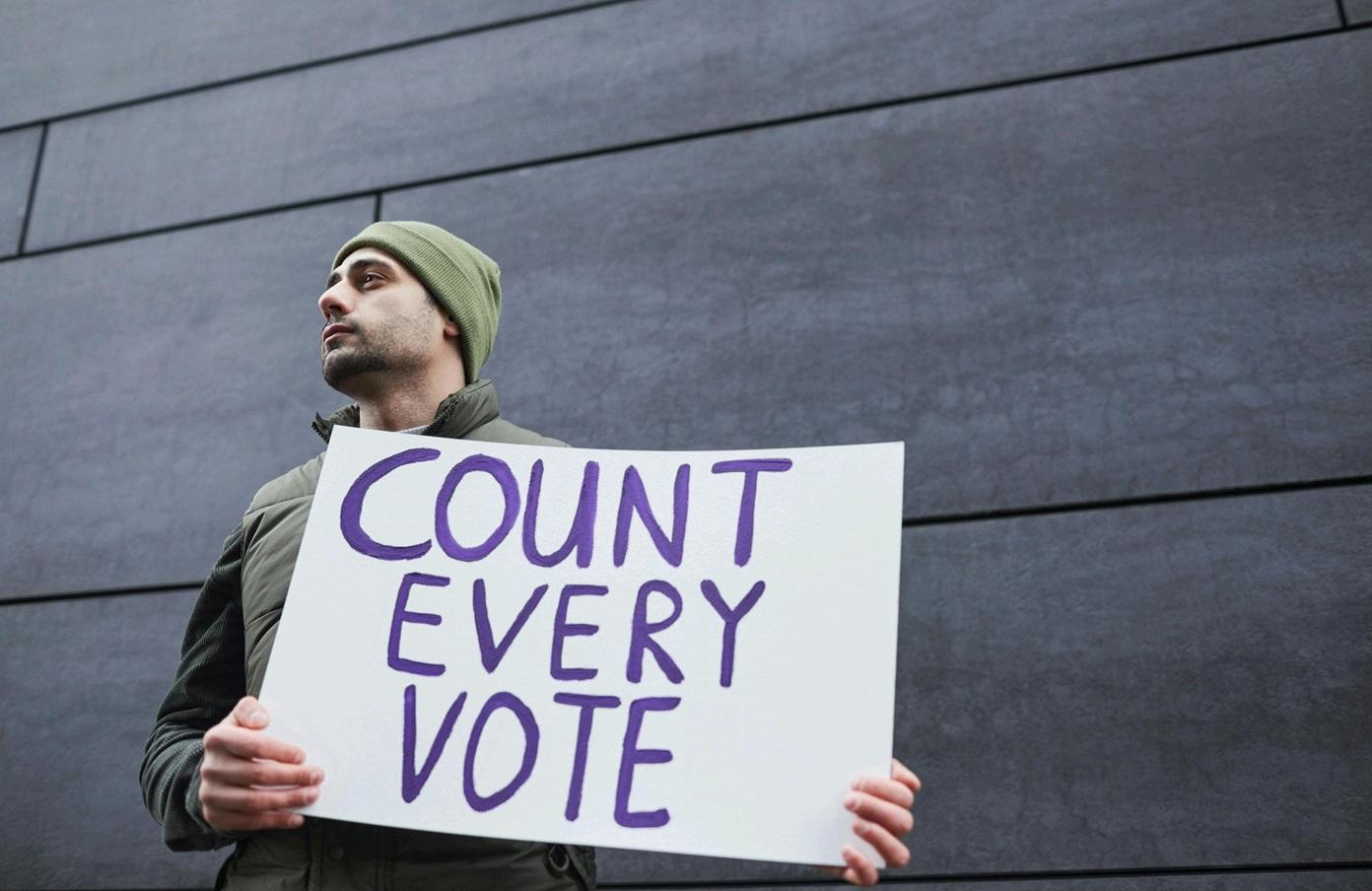Lower Participation puts Political Representation, Funding for Education, Health, and
Essential Services at risk
Asian-majority census tracts in New York City had an average response rate of 44.7% compared with a citywide self-response rate of 46.3%, according to an analysis released by the Asian American Federation (AAF) at a virtual community forum this week.
The Filipino community’s response rate is at 43.4%, lagging behind the Korean, Pakistani and Chinese communities, as well as the citywide self-response rate.
AAF’s analysis of the largest Asian ethnic groups showed significant differences in participation.
Census tracts with 20% of more Chinese residents had self-response rates slightly below that of the citywide average. Census tracts with concentrations of 20% or more of Korean or Pakistani residents had higher average self-response rates than the citywide average.
Census tracts with 20% or more Filipino, Bangladeshi, or Indian residents were much lower than the citywide average. The analysis also shows that the Filipino community had some of the highest week after week growth in self-response rates while the Bangladeshi and Indian/Indo-Caribbean communities had some of the lowest changes.
Because of the global pandemic, Census 2020 has adjusted its schedule accordingly, and extended the self-response period from July 31 to October 31.
US Census Bureau reports released last year indicated that Asian Americans were the least likely to participate in the Census as a result of several factors including the failed attempt to add the citizenship question, concerns about privacy, and lower English proficiency rates, and the current participation rates seem to bear out the predictions.
This is the first census where people can respond online or through phone, aside from the traditional snail mail.
The COVID pandemic that has disproportionately affected some neighborhoods with large Asian populations has further complicated outreach and participation efforts.
At the community forum called Self-Response Rates in Asian Neighborhoods, Howard Shih, AAF’s Director of Research and Policy said that they noticed CUNY Center for Urban Research showed that Asians in the largest US cities were lagging in their self-response rates, so they wanted to see what was happening to the Asian communities in New York City.
“While we have been able to identify the neighborhoods where more outreach is needed, we still face the hard work of addressing the barriers to participation, including internet access, social isolation, and language access,” he said.
Nationally, communities of color are all lagging in terms of self-response data, specially in large cities with more than one million in population. Asians are 49.6%, followed by Hispanics at 45.9% and Blacks at 43.3%.
Community leaders and groups who participated in the forum agreed that they would require to intensify the collaborative outreach efforts of community groups, civic religious leaders, elected officials and most importantly, residents, to increase participation in these neighborhoods.
“During this period of virtual outreach, data plays a key role in shaping citywide outreach efforts in order to get the most hard to count communities to fill out the census and secure their fair share in resources,” said Farzana Linda, Advocacy and Organizing Program Manager at Chhaya CDC
“The Asian American Federation’s analysis of census response rates shows that our communities can’t afford to wait and be overlooked again, when so many resources and political representation are at stake,” said Chuck Park, Civic Participation Manager at the MinKwon Center. “Armed with the Federation’s maps and data, activists, organizers, and civic leaders will be able to take action to target outreach in the most undercounted, immigrant-dense neighborhoods of New York City.”






